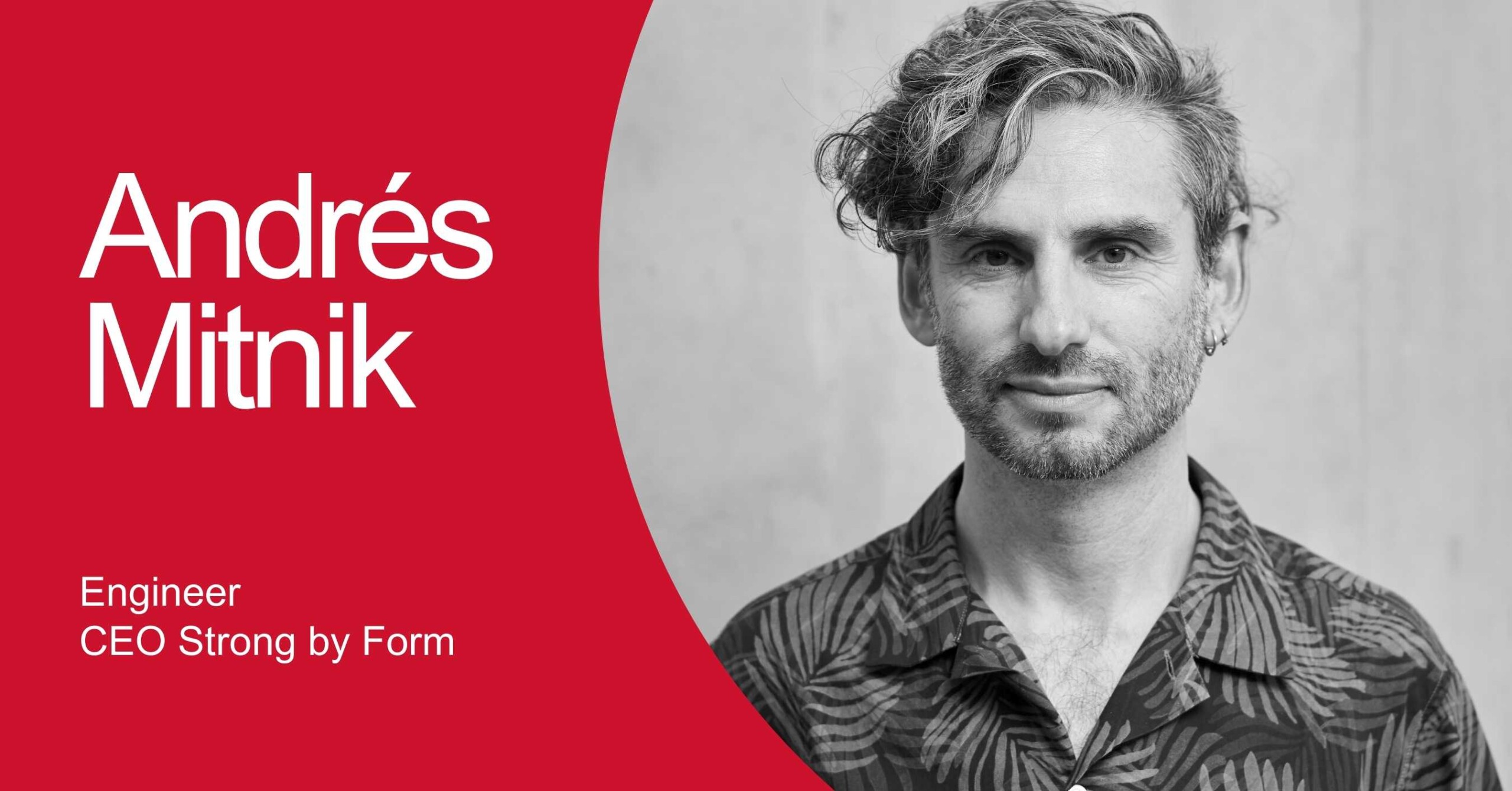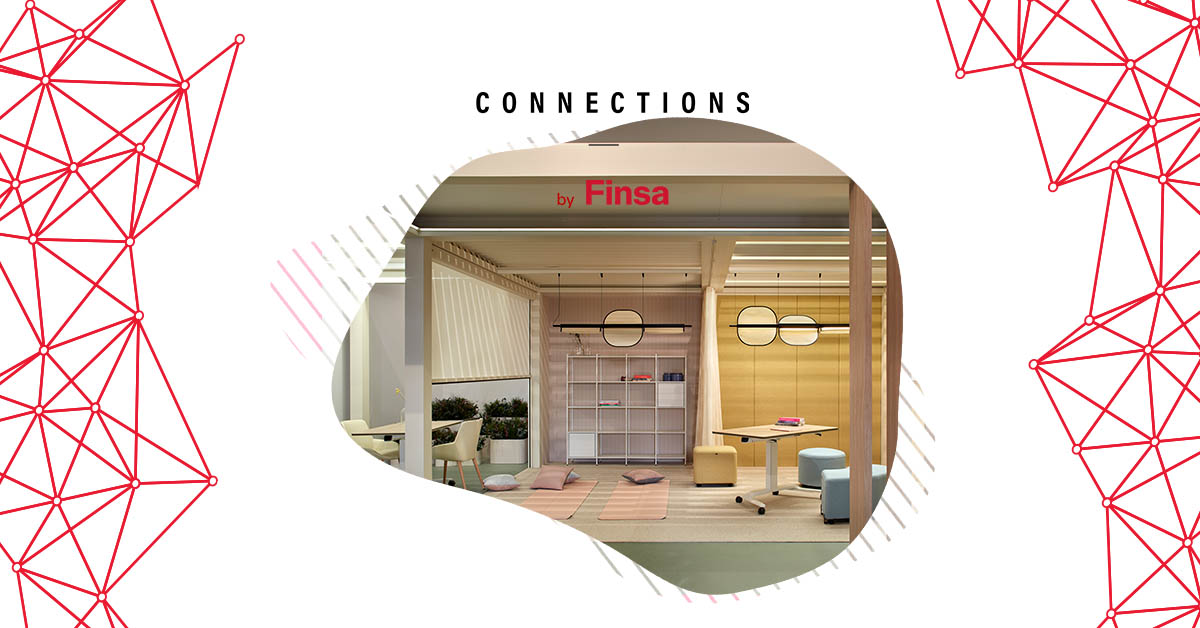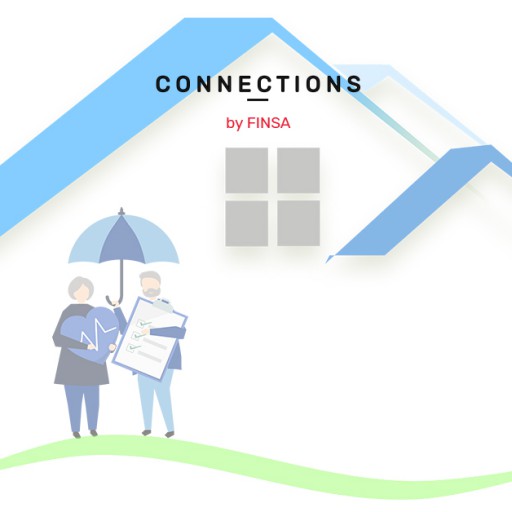Sometimes, great changes come from small gestures, from individuals who experiment and try something that will advance all of humanity. Chilean engineer Andrés Mitnik, the protagonist of this CONNECTION WITH…, knew that he wanted to innovate to achieve a more sustainable future. From the start-up Strong by Form, of which he is co-founder, he is committed to developing a wood-based material that is already used in sectors such as construction and automotive.

Where does your curiosity about the world of start-ups and sustainable construction come from?
I always knew I wanted to work in start-ups. Since 2017, I collaborated on an open innovation platform for the mining industry, connecting them with large companies, preventing them from disappearing, and helping them grow in funding and product. That experience made me a start-up advisor, and along the way, I met my two partners whose goal was to transform construction and make it more sustainable.
What differentiates a start-up from a company today?
It’s a way of doing things, having a sense of urgency, agility, and constant innovation. Sometimes, there is a misconception that every start-up must evolve into a company, and that’s not the case.
When did you decide to create Strong by Form?
My partners were researching how to generate the greatest strength using the least amount of material possible, transferring that knowledge to the world of wood. When they managed to develop the technology, they needed someone to turn the technology into a business. The truth is, the first time the three of us sat down together, something made us feel that this ambitious project was possible. Understanding the urgency of making the built world more sustainable, we had no choice but to found Strong by Form.
Ver esta publicación en Instagram
Every start-up needs collaborators to help them grow. Has it been difficult to find them?
Deep Tech is software with hardware, but the physical world has complexities: money is not the only thing that makes you advance; integrated knowledge allows that. We strive to stay in motion, attend fairs… In Stuttgart, we met Finsa and connected with their interest in disruptive innovation. We were in Santiago de Compostela evaluating what we could do by joining at an early stage. It has been crucial for their market positioning, access to shared knowledge, development of focus groups in their WOW space in Madrid, or joint market studies.
We have been fortunate, as it is very difficult to find companies willing to incorporate new proposals. We have linked with companies in the wood sector, and undoubtedly, Finsa is the most innovative. In that sense, we have pushed them further; they have been the right partner, and much of this success is due to people, and that is the most complicated part.
Can technology still bring us new ways to build?
Definitely. Over the next year, at Strong by Form, we will have a 10-meter long forged prototype that exceeds what is done today with wood and is cheaper than the few alternatives available. It will be very unique in the market and can be applied in office and commercial buildings, not just residential.
In what projects is your Woodflow technology being applied?
It has just been used to renovate the lobby of the CMPC corporate building, and we also inaugurated a bus shelter that will reduce the carbon footprint of Germany’s main railway company by 70%.
It can have countless uses; we are managing to create a sort of metal from wood, which is applicable in multiple industries. The goal is for our platform to be open so anyone can have this service in the cloud, releasing the technology to generate a usage ecosystem, with a fee for using the license—a manufacturing royalty, like franchises such as McDonald’s.
Strong by Form is allied with major international organizations. Are we opening our eyes globally to the need to build in a more environmentally friendly way?
We are doing it more slowly than we need to, but for example, France in 2028 will already limit the carbon associated with building construction. By 2032, it will no longer be possible to build as we do now. This is an example of how the future should be, but it’s a difficult path, and at Strong by Form, we want to be there when the change is urgent because it will be necessary.
Ver esta publicación en Instagram
What are the major challenges in mobility, and how do you plan to address them?
Electromobility is the big challenge. In this challenge, our product is lighter and equally resistant to aluminum, which is the base material for bicycles, for example. We can change many components to a biomaterial, a solution that saves up to 70% of virgin aluminum emissions and 50% of recycled aluminum, which is also light enough, strong, and economical.
Strong by Form’s innovation also reaches the automotive sector. Will we see wood in uses we never thought of, like in this case?
We will not see fully wooden cars for now, but we will see a lot of this material in the more visible parts, and it will also be possible to paint it. In fact, with BMW, we are already testing different uses to define where our digital wood adds more value and sustainability in this industry.
How do you get inspired to keep innovating?
Each partner has different capabilities, and that is inspiring and complementary. We never wanted to have an innovation manager; we wanted innovation to be core.
Do you think companies should share this vision of having innovation as core instead of just a department?
They should share the spirit of making quick changes if the idea is good and learn to say no sometimes, questioning if what they are betting on is really bringing value.



